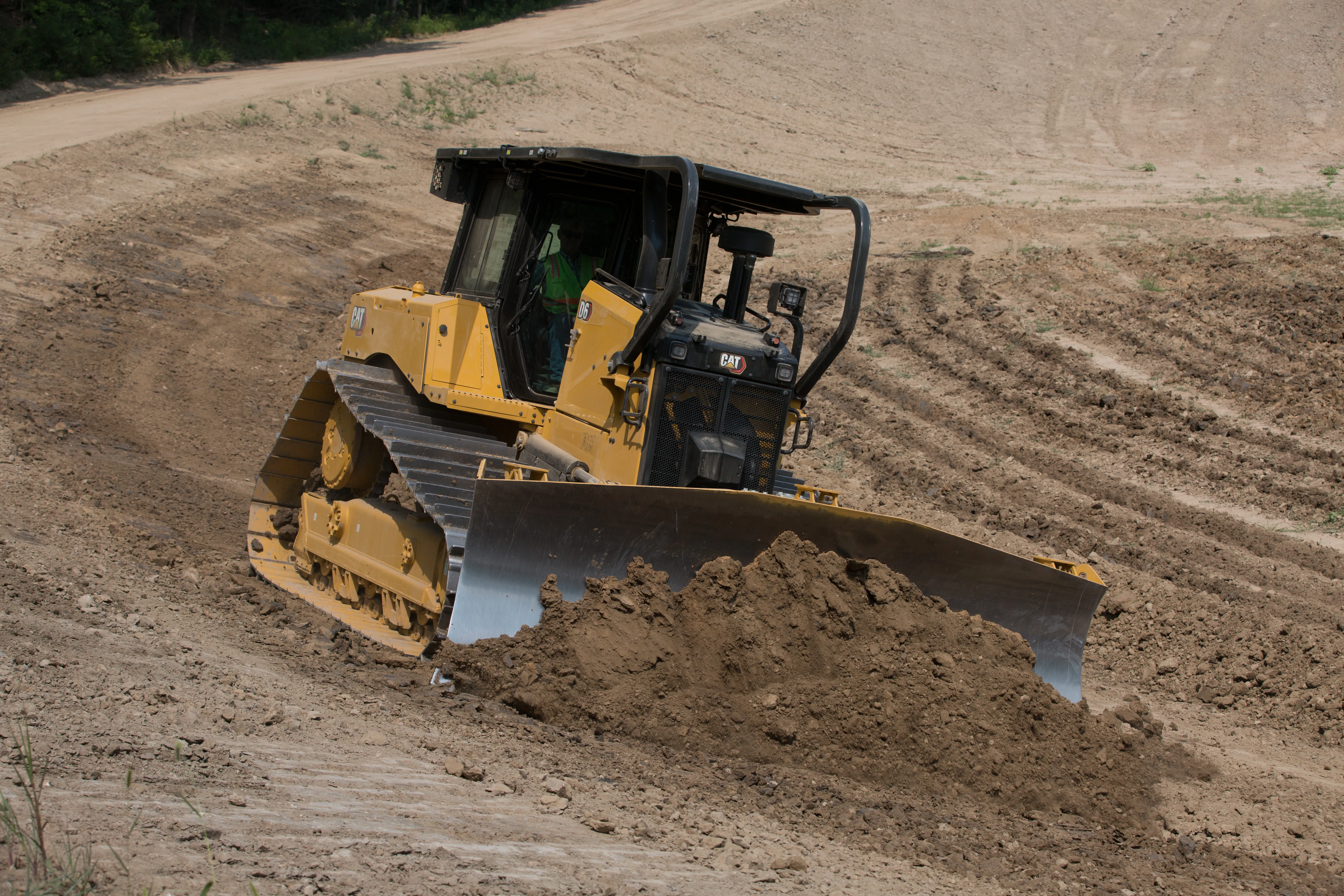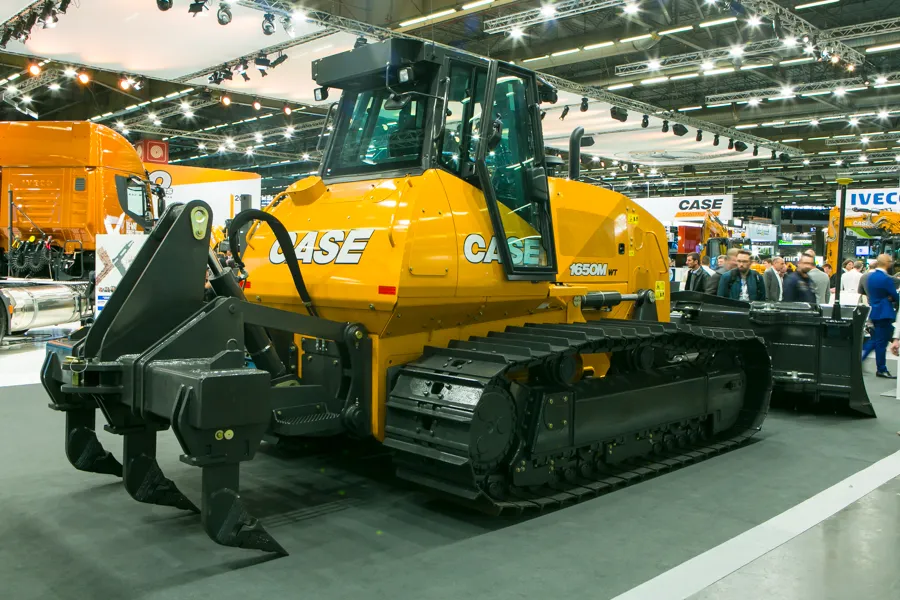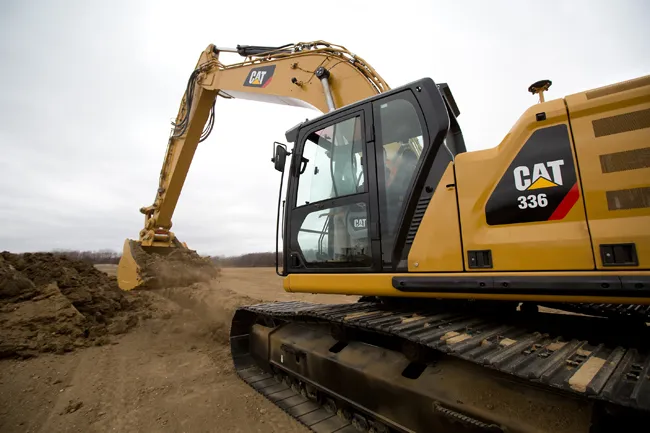
New technology from Caterpillar allows for faster and more accurate dozing work. These two technology upgrades are aimed at the firm’s medium dozer line. Formerly ARO with Assist, The Cat Assist with attachment ready option (ARO) is being offered as standard for the D4, D5, D6, D6 XE and D7 model, while a ; the D4, D5, D6, D6 XE and D7 models, while a new Cat Grade with 3D Ready option is offered for the D4, D5 and D6 dozer models.
The Cat Assist with ARO system ensures that the mid-sized dozer come equipped with features that can be easily upgraded to Cat Grade 3D. These features include a stable blade system that makes finish dozing easier, a traction control system to reduce track slip and minimise wear, an auto carry system to maximise blade loads and a blade load monitor to optimise productivity. They also include a slope assist system that holds blade angles with no GPS, a steer assist tool that automatically keeps dozing straight and IMU sensors on the machine for GPS capability.
Cat Grade with 3D uses a GPS signal to adjust blade lift and tilt movements automatically, so operators can get to design faster, save time, and reduce the cost of rework, labor, and materials. The new Cat Grade with 3D Ready option consists of all the hardware required for the 3D system and comes installed and tested from the factory. The option includes onboard sensors, GNSS antennas and receivers, and a touchscreen display. This allows the 3D Ready hardware to be quickly updated to a complete Grade with 3D system with the purchase of necessary licenses through the Cat Dealer.








